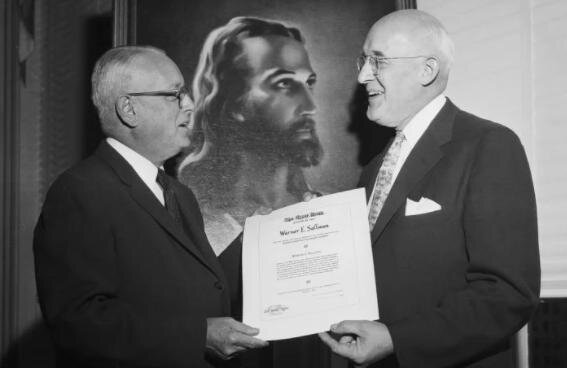Slavery existed across British colonies, but often white Canadians, both in and outside the church, talk about enslavement by fixating on the Underground Railroad. Alydia Smith through her own experience in church culture, addresses this misconcpetion.
Read MoreThe Canadian Ecumenical Anti-Racism Network has taken up the challenge of resourcing and accompanying communities of faith in their journey toward truth and reconciliation. This resource zeros in on White privilege as an essential aspect of anti-racism work. Racism is one expression of the White privilege and supremacy that is present in day-to-day interactions and built into systems and church structures. It is impossible to do anti-racism work without examining White identity and the unearned power and privilege that flows from that identity.
Read MoreAdele Halliday, writing in Broadview Magazine, expresses her dismay at the events taking place in the summer of 2020. “I write as a Black Canadian. The events of the past few weeks have been deeply traumatizing. I have been cycling through three main emotions – intense anger, immense exhaustion and deep pain. These emotions are not new to me – they are part of what it means to live in a Black body with the reality of racial injustice.
Read MoreFresh Start at Kingsway-Lambton welcomed Rev. Michael Blair with his sermon "Why Our Lives Matter" on John 4:1-26. Rev. Blair's sermon explores the question, "Can saying Black lives matter be a theological statement, or is it limited to a statement of solidarity with the BLM movement?" Jesus's encounter with the Samaritan woman at the well and his affirmation of her particular life, calling those who follow Jesus to affirm particular lives as well.
Read MoreWarner Sallman's 1940 oil painting "The Head of Christ" is believed to be the most reproduced religious work of art. It's been copied a billion times, if you include lamps, clocks and calendars. It came to define Christianity for generations of Christians in the United States and beyond.
When Emily McFarlan Millergrew up and began to study the Bible on her own, she started to wonder about that painting and the message it sent.
Read MoreMany Canadians view slavery as something that happened in the United States of America from the arrival of the first slave ships in 1619 until the Emancipation Proclamation in 1863, but fail to understand that the buying, selling, and enslavement of Black and Indigenous people went on for about 200 years in our own country (beginning with the arrival of Olivier le Jeune in 1628 to New France and ending with the Slavery Abolition Act, August 1, 1834).
Read More





